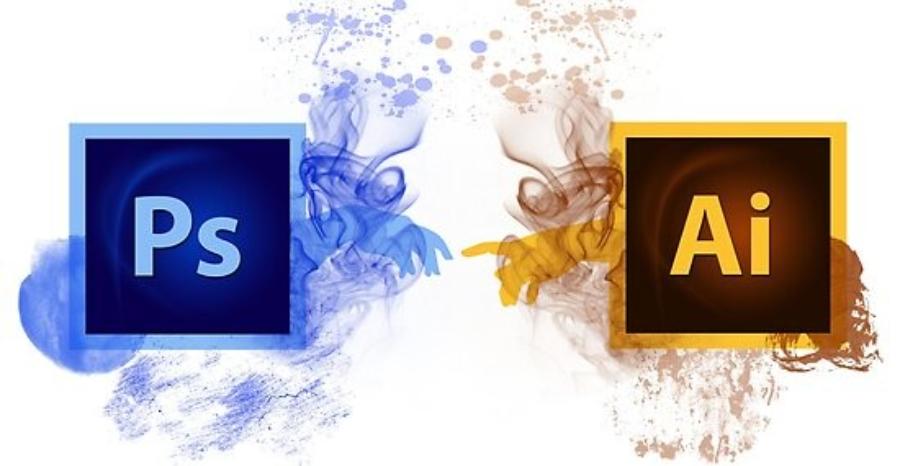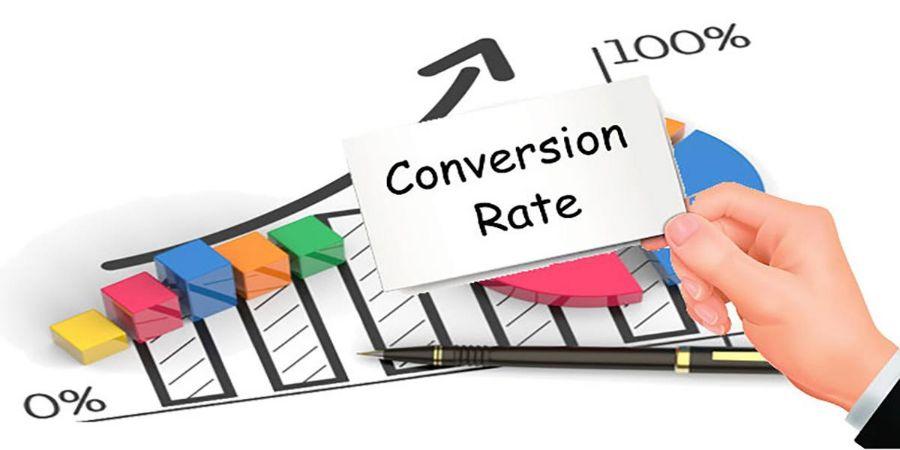Best Selling Products
What is a Designer? Answers to 7 Common Questions About the Design Profession
Nội dung
- 1. What is a Designer?
- 2. Top 5 Frequently Asked Questions About Design Career
- 2.1. What Skills Does a Designer Need?
- 2.2. Do Designers Need a Degree or Certificate?
- 2.3. What Does a Designer Do in a Day?
- 2.4. Does a Designer Need a Portfolio?
- 2.5. What Are the Career Opportunities for a Designer?
- 2.6 Things we don't do but designers need to do
- 2.7 Work with the designer and negotiate the budget
- 3. Conclusion
Find out what a designer is and answer 7 common questions about the job. Discover the requirements, skills, and career potential in the design industry.

The designer profession (also known as designer) is becoming an increasingly popular and important profession in many creative fields, from graphic design, web design, to product design and many other professions. However, not everyone clearly understands what a designer's job really is? In this article, sadesign will help you better understand the designer profession and answer 7 frequently asked questions related to this job, from required skills to career opportunities.
1. What is a Designer?
"Designer" is a term used to refer to people who do design work in many different fields, from graphic design, fashion design, interior design to product design, website or application design. They are creative people who use specialized skills and tools to create aesthetic and functional products or solutions that meet the needs of customers or users.
(1).jpg)
A designer, in the modern context, is a person who creates and designs products, services or media to convey messages, enhance aesthetic values and solve practical problems. A designer does not simply create beautiful images but also ensures that the design meets the needs of users and brings value to the brand or project.
Depending on the field in which a designer works, the work may include graphic design, web design, product design, fashion design, interior design, or even advertising design. Although each type of design has its own characteristics, what all designers have in common is the ability to create and solve problems through images and forms. A designer’s work requires not only artistic ability but also logical thinking, an understanding of the market, and the ability to communicate effectively to convey ideas.
2. Top 5 Frequently Asked Questions About Design Career
Below is a summary of 5 basic questions that you often wonder about the design profession, specifically:
2.1. What Skills Does a Designer Need?
To become a successful designer, you need to develop some basic skills, including:
Creativity : This is the most important factor. A designer must always be creative and know how to develop unique ideas, while providing useful and aesthetically pleasing design solutions.
Knowledge of design software : Proficiency in using tools such as Adobe Photoshop, Illustrator, Figma, Sketch, or other design software is an indispensable requirement. These tools help designers realize their creative ideas.
Understanding composition and proportion : Composition and proportion play an important role in creating a harmonious and easily digestible design. Designers need to understand how to arrange elements in a space in a way that makes sense and makes a strong impression.
Communication Skills : Although design is a creative profession, communication is also important in conveying ideas to clients or teammates. Being able to persuade and explain design choices clearly will help you build strong working relationships.
Understanding UX/UI : Especially for designers working in the field of web or application design, understanding user experience (UX) and user interface (UI) is extremely important. You need to know how to design so that users have the best experience when using your product.
Finally, the ability to manage time and withstand pressure are factors that help you complete projects on time and with the desired quality.
2.2. Do Designers Need a Degree or Certificate?
Having a professional design qualification is not the only determining factor in becoming a good designer. In many cases, a degree or certification can be an advantage, helping you demonstrate your fundamental knowledge and professional skills. However, if you are just starting out, an in-depth design course or qualification can provide you with a solid foundation and help you master the essential skills.
.jpg)
Many famous designers do not have formal qualifications, but instead learn through online courses, self-study, or by working on real projects. Furthermore, in the design industry, creativity and practical skills are sometimes more important than having a degree or certification. This means that if you have good skills, a good portfolio, and the ability to solve problems effectively, your career opportunities are still very open.
If you have creativity, good skills and an impressive portfolio, you can absolutely succeed in this field without necessarily having a formal degree. However, taking specialized training courses to improve your skills and update new trends is always a necessary investment for long-term development.
2.3. What Does a Designer Do in a Day?
A designer's job duties can vary depending on industry and location, but a typical day at work for a designer often includes the following tasks:
Get requirements from the client or project team : First, the designer will work with the client or project team to understand the requirements and goals of the job. This helps them determine the design direction.
Ideation and design sketches : After understanding the goals, the designer will start sketching ideas, designing interfaces, layouts, or images for the project. This is the most creative step and requires the designer to come up with ideas and test many different options.
Proceed to edit and improve the design : After creating a design version, the designer will receive feedback from the client or teammates, from there adjust and perfect the design to best suit.
Ensuring final design quality : Once completed, the designer will perform final checks and adjustments to ensure the design meets all requirements, including technical and aesthetic requirements.
2.4. Does a Designer Need a Portfolio?
A portfolio is an essential element for any designer. It showcases your best design work, allowing clients or employers to evaluate your creativity and skills. An impressive portfolio is not only a collection of beautiful design projects, but also reflects your creative process, problem-solving ability, and your flexibility in approaching different types of projects.
.jpg)
Potential employers and clients often look at your portfolio to determine whether you are a good fit for their project or job. That’s why a portfolio is essential for any designer.
2.5. What Are the Career Opportunities for a Designer?
The design industry is growing rapidly and there are many career opportunities for designers, especially as technology and market demands continue to change. Some popular career paths for designers include:
Graphic design : This is the work of designing printed products, packaging, advertisements, posters, and marketing materials.
Web/UI/UX Design : Designers can work in the field of interface and user experience design for websites and applications.
Product Design : Designers may work in industrial product design, furniture design, or other consumer products.
Animation and motion graphics design : Designers in this field work on animations, promotional videos, and motion graphics for films, video games, or television commercials.
Freelancer : Many designers choose the freelance path, allowing them flexibility in choosing projects and partners, while developing their personal careers.
2.6 Things we don't do but designers need to do
Tasks that we don’t often do but are important responsibilities of designers include researching and analyzing user needs, generating creative ideas, and developing intuitive, user-friendly interfaces. Designers must not only ensure aesthetics but also consider user experience (UX) factors to create effective products that are consistent with the project goals.
.jpg)
In addition, they need to work closely with other departments such as marketing, product development and engineering to ensure consistency and high quality in every design detail. These are tasks that require patience, creativity and outstanding teamwork skills that not everyone can do.
2.7 Work with the designer and negotiate the budget
When working with a designer, it is important to clearly communicate the job requirements, design expectations, and specific criteria to ensure the final product meets expectations. At the same time, budget negotiations should be transparent, detailed, and consistent with the scope of work. Both parties should agree on the terms of costs, payment schedules, and additional conditions to avoid unnecessary misunderstandings during the cooperation process.
Buy Cheap Licensed Software
3. Conclusion
Being a designer is not just a creative job, but also a profession that requires a deep understanding of the market, techniques and design trends. To become a successful designer, you need to have outstanding creativity, skills in using professional design tools and always update the latest trends in the industry. However, with the rapid development of technology and the increasing demand for design in many fields, the design profession promises to bring many attractive career opportunities.












































